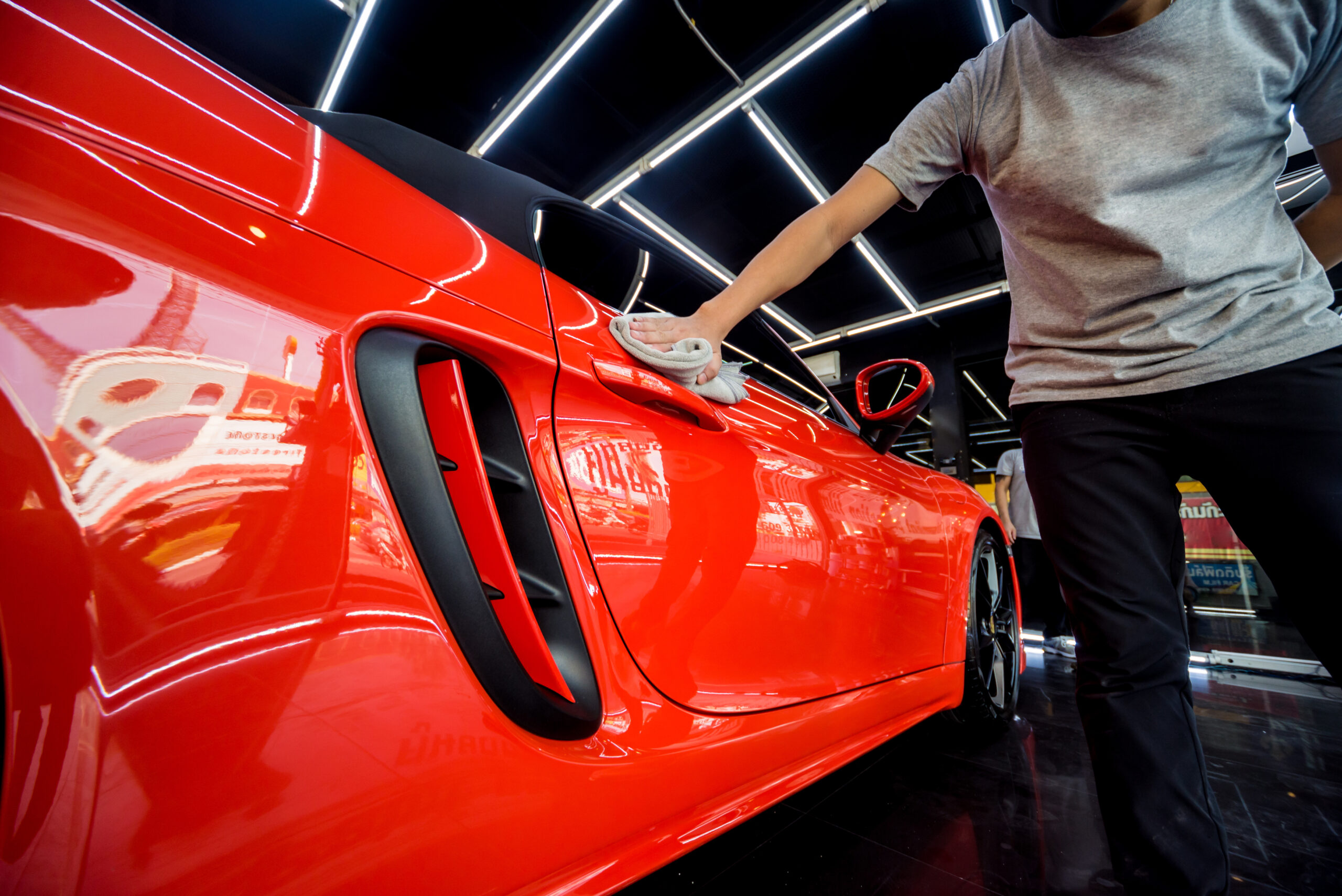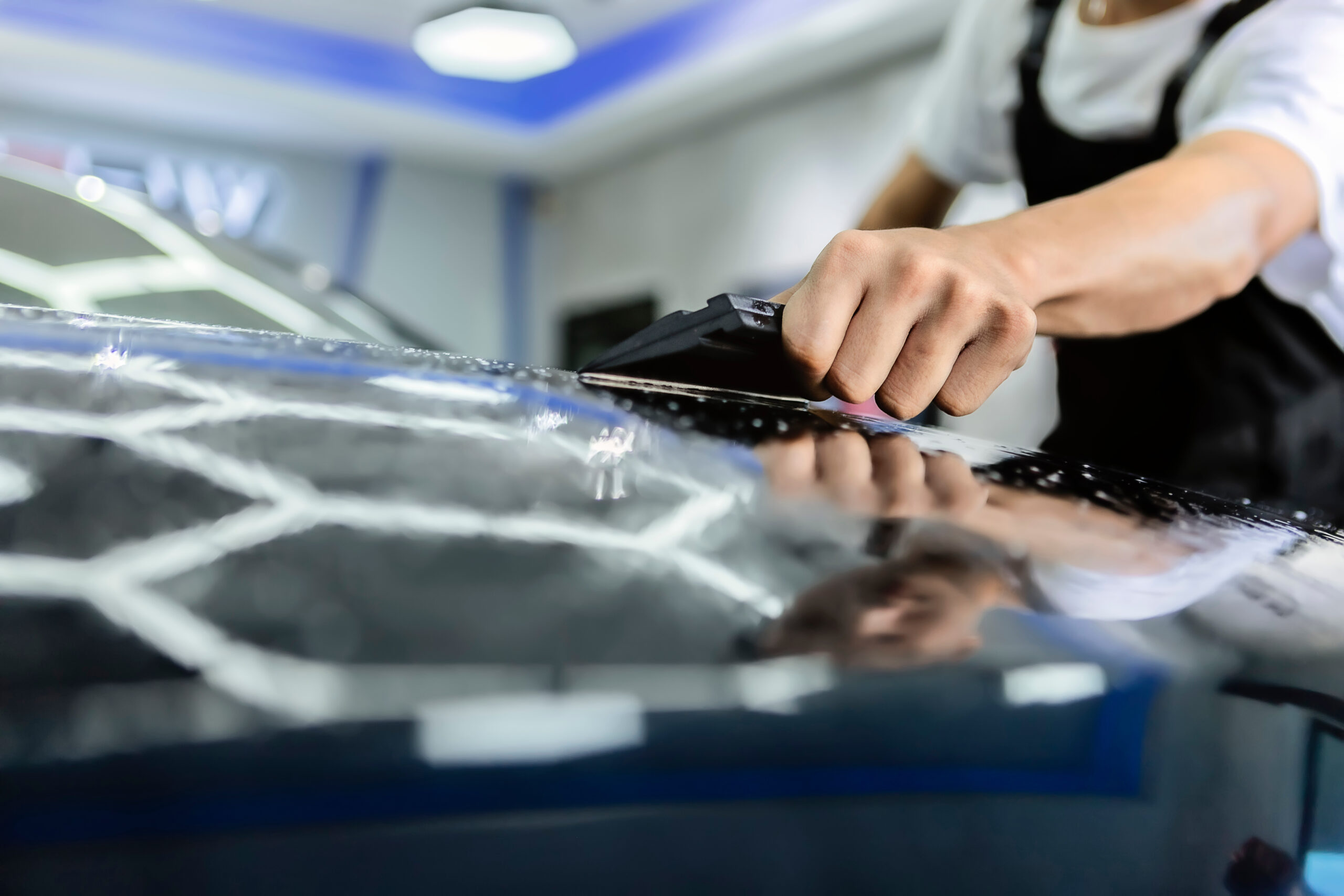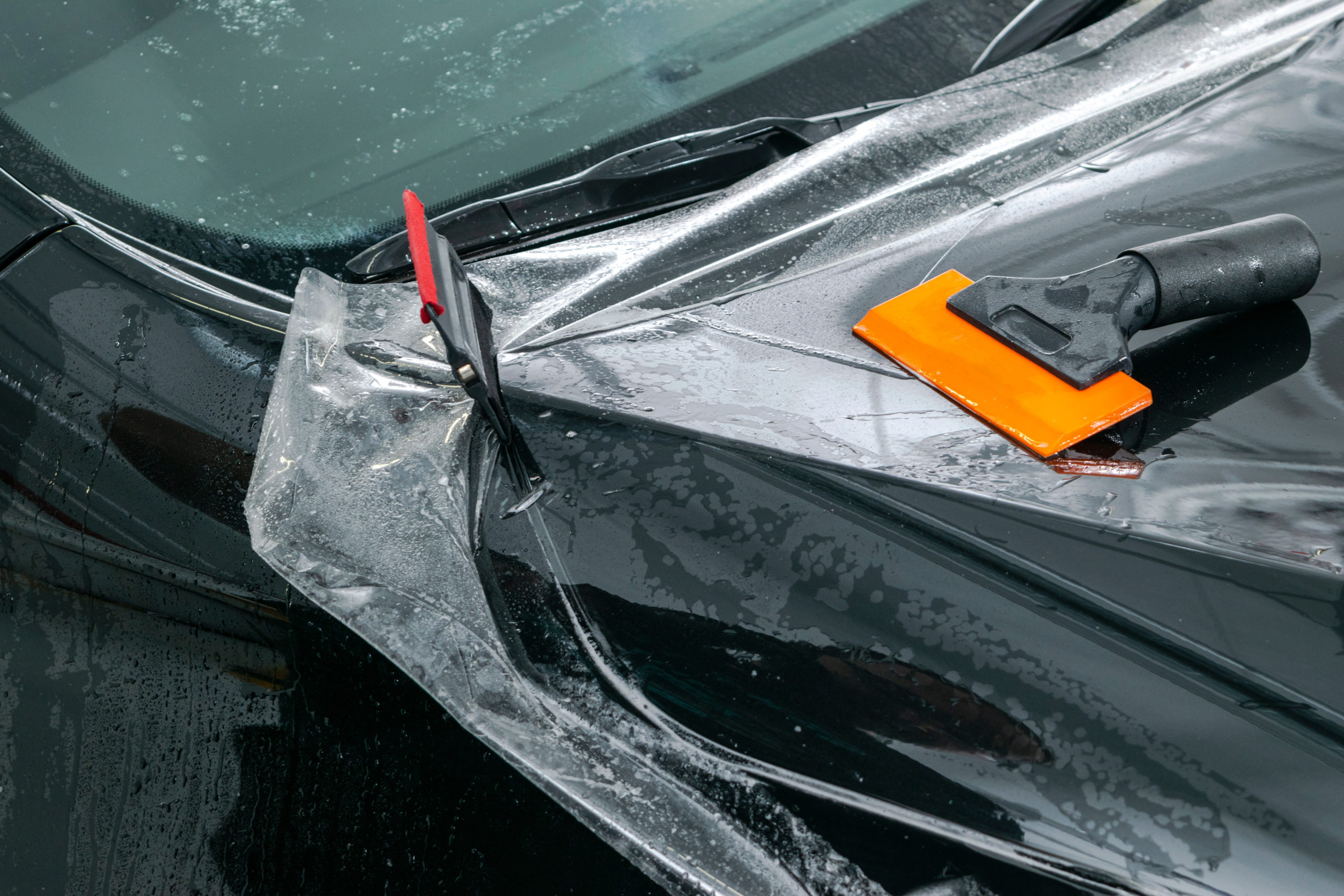Car owners often face the dilemma of choosing between DIY ceramic coating and professional services. DIY can save money and provide a hands-on experience, but professionals offer expertise and quality that’s hard to match.
This article will compare DIY vs. professional ceramic coating, using expert insights and real-world experiences to help you decide the best option for your vehicle.
The Cost Factor
DIY Costs
When considering DIY ceramic coating, the initial investment may seem appealing. A DIY ceramic coating kit typically costs between $50 to $200, depending on the brand and quality. However, that’s just the start. You’ll also need tools like applicator pads, microfiber towels, and potentially a dual-action polisher if you’re serious about getting a smooth finish. These additional tools can add another $100 to $300 to your expenses. Don’t forget the time factor—applying a ceramic coating yourself can take anywhere from several hours to a couple of days, especially if it’s your first time.
Professional Costs
On the other hand, opting for a professional ceramic coating comes with a higher upfront cost. A professional application can range from $500 to $2,000 or more, depending on the level of service and the size of your vehicle. This price typically includes a thorough paint correction, which is essential for achieving the best results. Professional detailers have the experience and tools necessary to ensure the coating is applied evenly and effectively. Some services might offer additional perks like warranties or maintenance packages, which can add value to your investment.
Price alone shouldn’t be your only consideration when choosing between DIY and professional ceramic coating. One Reddit user shared a story about customers who tried DIY coating, only to damage their paint or leave visible streaks. Fixing these mistakes professionally was costly, making the initial DIY savings less attractive in hindsight.
Ceramic coat myself or pay a pro?
byu/Hugo2345 inAutoDetailing
Application Process
DIY Application
Taking on a DIY ceramic coating project can be challenging, especially for beginners. The process involves multiple steps, including paint correction, which requires precision and patience. You’ll need to invest in several tools, such as applicator pads, microfiber towels, and possibly even a dual-action (DA) polisher if you want to achieve a smooth finish. For someone new to this, the time investment can be significant—expect to spend several hours, or even a couple of days, depending on your skill level and the condition of your vehicle’s paint. As one Reddit user pointed out, without experience in paint correction, you might do more harm than good.
Ceramic coat myself or pay a pro?
byu/Hugo2345 inAutoDetailing
The risk of errors is higher with DIY, and mistakes can lead to damaging your vehicle’s paint, trims, or chrome. For instance, using a rotary polisher without proper knowledge can cause you to accidentally cut the paint. Even with a DA polisher, the chances of making errors are still present, especially if you’re a beginner. In contrast, professionals have the training and equipment to avoid these pitfalls, ensuring a flawless application process.
Professional Application
Opting for a professional ceramic coating service can offer a level of expertise and precision that’s hard to match as a DIYer. Professionals are equipped with high-end tools and products that aren’t typically available to consumers. They also have the experience needed to perform thorough paint correction, ensuring that the coating is applied evenly and effectively. This results in a superior finish that not only looks better, but also lasts longer. Additionally, choosing a professional service provides peace of mind—knowing that your vehicle is in skilled hands.
Durability and Longevity
DIY Coating Lifespan
When you choose a DIY ceramic coating, the expected durability typically ranges from one to two years, depending on the product quality and application process. Consumer-grade coatings are designed to be more user-friendly, but often sacrifice some longevity and effectiveness. Achieving the full potential of these coatings requires meticulous preparation and application, which can be challenging for beginners. Even small mistakes during the application can significantly reduce the lifespan of the coating.
Professional Coating Lifespan
In contrast, professionally applied ceramic coatings are known for their superior durability, often lasting five years or more with proper care. These coatings are usually of higher quality, with formulations that offer enhanced protection against environmental factors like UV rays, bird droppings, and road salt. The key difference lies in the application process—professionals ensure that the paint surface is perfectly prepped and the coating is applied in optimal conditions, which greatly enhances its longevity and overall performance.
Maintenance and Care
DIY Maintenance
Maintaining a DIY ceramic coating can be more challenging, especially if the application wasn’t perfect. DIY coatings often require more frequent touch-ups and a strict maintenance routine to keep the protection intact. Without the right application techniques, the coating may develop high spots or streaks, making it difficult to maintain an even appearance. Regular washing with a pH-neutral shampoo and periodic reapplication of a top-coat sealant can help, but it’s essential to be diligent about ongoing care to avoid degradation over time.
One Reddit user shared their experience of attempting a DIY ceramic coating on their gloss black wheels:
First time Ceramic Coat – Do it yourself or go to a shop?
byu/Peeter887 inAutoDetailing
Professional Maintenance
When you opt for a professional ceramic coating, maintenance is typically more straightforward. The higher-quality products used by professionals, along with their expert application, mean the coating is more resilient and requires less frequent upkeep. Most professional coatings come with maintenance guidelines that include regular washing and the use of specific aftercare products to ensure the coating remains effective. Additionally, some professionals offer maintenance packages that can further simplify the process, keeping your vehicle in top condition with minimal effort on your part.
Quality and Finish
Appearance
When it comes to the visual finish of ceramic coatings, the difference between DIY and professional application can be significant. A professionally applied ceramic coating often results in a flawless, high-gloss finish that enhances the car’s paint and makes it look almost brand new. In contrast, DIY applications, especially by beginners, may not meet these expectations. Without experience, it’s easy to end up with uneven coverage, high spots, or even smudges that detract from the overall appearance. The results can vary widely depending on your skill level and the tools you use, making it challenging to achieve that showroom-quality shine on your own.
Protection Level
Both DIY and professional ceramic coatings are designed to protect your vehicle from environmental factors like UV rays, bird droppings, and minor scratches. However, the level of protection can differ. Professional-grade coatings typically offer a thicker, more durable layer of protection that can last for years with proper care. On the other hand, DIY coatings, while still effective, may not provide the same level of resilience, especially if not applied correctly. This means that professionally applied coatings often offer better long-term protection, keeping your vehicle looking pristine for longer.
One Reddit user shared a crucial piece of advice:
How long for a beginner to DIY a ceramic coat?
byu/lxtruong inAutoDetailing
Time Investment
DIY Time Commitment
Applying a ceramic coating yourself is not a quick task, especially if you want to do it right. The process starts with thorough prep work, including washing, decontaminating, and polishing the car’s surface. For a beginner, this alone can take several hours, or even an entire day. The actual coating application adds more time, as you need to be meticulous to avoid errors like streaks or high spots. And if mistakes happen, you may need to redo parts of the job, further extending the time commitment. Realistically, a first-time DIY ceramic coating project can take anywhere from a full day to two days to complete, depending on your skill level and the condition of your vehicle.
The previous Reddit user continues with their first experience with exterior detailing, noting how time-consuming the process can be:
How long for a beginner to DIY a ceramic coat?
byu/lxtruong inAutoDetailing
Professional Time Efficiency
Opting for a professional ceramic coating service can save you significant time and effort. Professionals have the expertise and equipment to complete the job efficiently, often in just a few hours to a day, depending on the service level and vehicle size. This means you can avoid the hassle of spending an entire weekend on a DIY project, and instead, enjoy the convenience of having the work done for you, with the assurance that it’s being handled by experts.
Is It Worth It?
Deciding whether to opt for a DIY ceramic coating or hire a professional depends on several personal factors. Consider your budget—if you’re looking to save money, a DIY approach might seem appealing, but it’s important to weigh that against the potential costs of mistakes and the time investment required. Think about your vehicle type as well; if you’re driving a high-value car, the added protection and flawless finish provided by a professional service might be worth the extra expense. Lastly, assess your skill level—if you’re new to detailing, keep in mind that ceramic coating requires precision and experience to get right.
Expert Ceramic Coating Services from G-Force Films
If you’re confident in your detailing skills, have the necessary tools, and are willing to invest the time, DIY ceramic coating can be a cost-effective option. However, if you’re a beginner or have a high-value car, professional services offer better results and peace of mind. In our experience, the answer to “is professional ceramic coating worth it?” is often yes, especially when long-term protection and appearance are priorities. If you’re still unsure, we recommend starting small or consulting with a professional.
At G-Force Films, we provide expert ceramic coating services designed to protect your vehicle and maintain its value. Contact us today to learn how we can help keep your vehicle looking its best.




